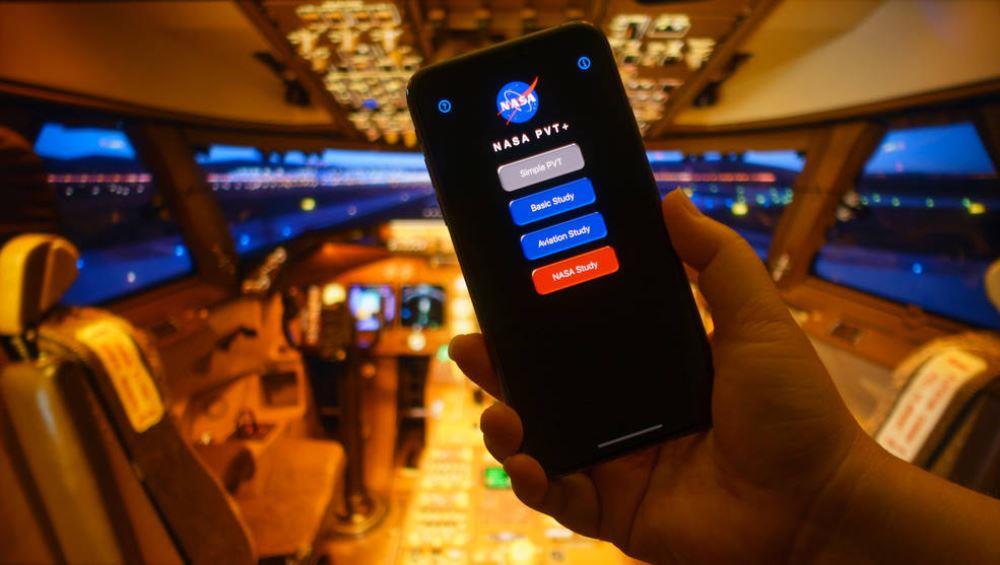If you ever get drowsy at your school or office desk, that’s probably not much of a problem. But what if you’re a pilot, a commercial driver or an astronaut? Then fatigue can lead to small mistakes with significant consequences.
Since it’s hard to tell when “tired” means “too tired,” NASA has released a research app to help scientists study what’s going on in the body when fatigue prevents you from working safely – and which telltale signs could alert you in time.
For the agency, the new tool will be important for studying fatigue in the worlds of aviation and spaceflight. But it’s releasing the app for free on the Apple App Store so that others doing related research can use a standardized tool and method with years of laboratory experience incorporated into its design.
The app features a reaction-time test to gauge alertness and a streamlined process for gathering information scientists need. This lets the app be used by people working in complex, real-world situations to collect valuable research data, which will help researchers come up with reliable tests and solutions in the long term. Though the app has not been used in space, it has been used by NASA for spaceflight simulations. Other users, like commercial airlines, can run their own fatigue studies with the app, helping them comply with regulations from the Federal Aviation Administration.
The app is based on a common test in this area of research, called the psychomotor vigilance task, or PVT, which NASA already uses on the International Space Station to collect data from astronauts. The test measures a person’s reaction time to a visual signal: as soon as numbers begin scrolling on a screen, a participant hits a button. The numbers show their reaction time in milliseconds and, when people start getting sleepy, they respond less quickly. Since the original PVT was designed to collect data in a lab setting and requires cumbersome hardware, NASA researchers needed a portable version they could distribute widely to collect data in the field. Other mobile options exist to measure a simple reaction time, but NASA’s app, called NASA PVT+, is different.
“We designed it to replicate exactly the tools that we use in the laboratory,” said Erin Flynn-Evans, head of the Fatigue Countermeasures Lab at NASA’s Ames Research Center in California’s Silicon Valley – the group that developed the new app. Since a classic PVT has users respond with their dominant thumb, the new app “forces” you with its design to do the same. And it can record when a tired person resorts to the wrong thumb or another finger. “It sounds simple, but it’s important for the data collected on the app to be trustworthy and consistent with existing studies.”
For Flynn-Evans, it was also essential that the app work on consumer phones and tablets, so it could be used by many people to collect research data in their actual work settings. In addition to administering a research-grade alertness test on a portable device, the new software takes a user through all of the activities that need to be completed for a study on fatigue in an operational setting: questionnaires, rating scales, cognitive tests. Their answers to questions about their recent sleep habits, for instance, can then be correlated to their performance on the alertness task.
“This may seem like a no-brainer, but until now the burden has been on the study participant to remember what tasks to do and when,” said Flynn-Evans. “This led to data loss and people not completing the study, so our app puts all the tools needed into an easy-to-use package. In a recent study using the app, we were able to collect thousands of tests from pilots, where most prior efforts might have obtained only a fraction of that.”
The FAA, several commercial airlines and researchers in occupational health and safety have already requested the app to use in their own studies, so Flynn-Evans expects it to be adopted by many researchers studying different groups from NASA.
“Sleep research is still a young field,” said Flynn-Evans, “and there’s lots of discovery still happening. It’s exciting, and this app will help all of us learn more.”



